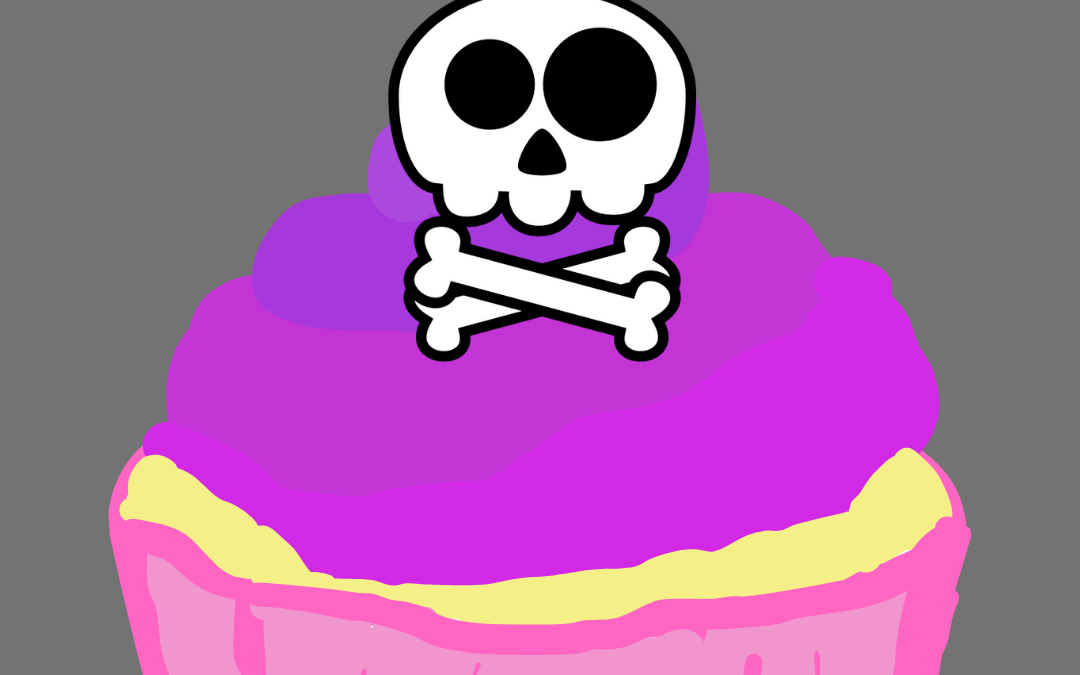As writers, we all know there will come a time in our fiction when we must end the life of a beloved character. So when is the right time to kill a character? It’s hard to pinpoint the exact moment when a writer knows it is time to end the storyline of a character. For every writer it is different. Some of us like to plan ahead who will die, when and how. Others go based off of a feeling. They wait until the major impact will be felt by readers to kill someone off and it will often leave readers as well as the writer ugly bawling into the pages of the book. And for those like me, well we have a harder time letting go… This is primarily why I have never killed a character in any story. I end up feeling too much guilt.
So this is for those of us who struggle with letting go. Welcome to the Writer’s Support Group. Today’s lesson will be on terminating characters in your writing and how to deal with the emotional backlash of it. The first thing is your feelings are valid. The guilt or reluctance you feel is normal. The distress you will undoubtedly feel is all part of saying goodbye as well. They are your creation and you are ending their existence. It happens. In fact you may even experience the whole 5 stages of grief, and that is perfectly normal. Healthy even.
You have to do it anyway. Let go, I mean. Go ahead, terminate that character and their storyline. They have after all contributed all they possibly can to your project and are now just hindering any progress. Take Mufasa for example, was his death traumatizing and sad? Yes, of course! But it was necessary. Without Mufasa’s death, Simba would have never run away, learned Hakuna Matata with Timon and Pumba, reunited with Nala, and gone back to Pride Rock to kill his traitorous uncle Scar. In other words, it is okay to delete the rest of their storyline when it reaches the end of their story arc. Let go! Kill them, kill them now! Let them go!
How do you notify your character that their role has come to an end and you have decided to move in another direction? Well, there are a number of different ways. You can go for the classic and just blindside them with their demise. While this is kind of cruel, it is very effective and you save yourself the uncomfortable ‘it’s not you, it’s me’ speech. Or you CAN choose the ‘it’s not you, it’s me’ and then suffer through the awkward situation because you BOTH will know it really is them. Another classic is the pink slip or in this case, the death notification, but maybe throw in a cupcake and some balloons to soften the blow. It’s hard for a character to hold a grudge when stuffing your face with frosting and sprinkles. Everyone loves a good cupcake.
No matter what approach you decide when ending a character’s storyline, know that you are doing what needs to be done to further your story and give your readers that wild rollercoaster epic adventure they deserve.
Meet the blogger: PALOMA GONZALEZ GOMEZ is a Latina writer working toward a BFA in creative writing at Hamline University. Her favorite activity is walking through bookstores and adding books to her endless TBR list. She hopes one day it will be her books in bookstores and readers will be adding them to their lists.
PALOMA GONZALEZ GOMEZ is a Latina writer working toward a BFA in creative writing at Hamline University. Her favorite activity is walking through bookstores and adding books to her endless TBR list. She hopes one day it will be her books in bookstores and readers will be adding them to their lists.


